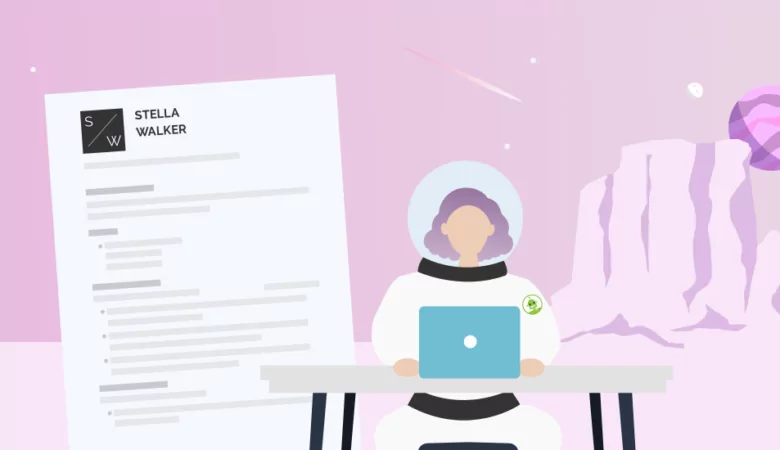A resume profile is a great way to introduce yourself and showcase your skills. How can you write one that will be sure to impress a hiring manager?

Tips for Writing Your Resume Profile
Resume Profile
When writing a resume, it’s important that you’re able to get a hiring manager to actually read the whole thing, and showcase all of your skills and knowledge in a way that looks perfect for the job. A resume profile can actually be a great way to do this. If you want to show off relevant skills and make it more likely that a recruiter will read the resume and even call you in for a job interview, here’s how to create a resume profile.

What Is a Resume Profile?
A resume profile is a section at the top of your resume that is typically fairly short and summarizes your work experience, relevant skills, certifications, and more. Whether you have years of experience or very little experience, a resume profile section presents all of those things in a simple, bite-sized format. Think of your profile as your “sales pitch” that can distinguish yourself from other job seekers and show that you have the best traits for a specific job.
Three Types of Resume Profiles to Consider
There are three common types of resume profiles that you might see in resume examples. Understanding which one to use on your resume is the best way to make sure that this section of a resume really stands out. Here are some resume profile examples to use on your professional resume.
Resume Summary
Likely the most common type of resume profile is the resume summary. A resume summary statement goes over your work history, your best qualifications, and a few elements from the job posting that you fit into perfectly. As the name suggests, it’s an overall summary of your experience. Here’s how one might look when you use it.
Computer science expert with six years’ experience in computer science and related fields. Strong leadership skills and experience effectively running teams up to 12 people at a time. Competent at switching companies to new operating systems, managing social media profiles, and solving startup problems.
Resume Objective
While a resume summary goes over your experience section, a resume objective shows off a career goal and a summation of your top skills. That makes this great for entry-level job seekers, career changers, and anyone else who doesn’t have as many work experiences to feature at the beginning of their resume. Here’s how this profile statement might look.
Customer service representative with strong teamwork skills. Adept at managing customer satisfaction and assisting with digital marketing efforts. Skill certification in Microsoft Office Excel and HubSpot. Looking for a position to build management skills and become a marketing manager.
Resume Headline
The last type of resume profile is a resume headline. This is a unique resume profile type that is just a single line at the top of your resume. This single line should be essentially how someone might describe you if they needed to showcase who you are in one statement. It will lead with your job title and typically include your absolute best accomplishment. It might look something like this.
Project manager with 25 years of experience and dozens of seven-figure project contracts.
Things to Add to Your Resume Profile
What types of information should you add to your resume profile? Most notably, you want to include information that reflects the job description, as well as these points:
- The number of years of experience you have
- Any awards you’ve received
- Any certifications you have
- The best skills from your skill set, including both hard skills and soft skills
- Your best achievements from your professional life
All of these things can be featured at the top of your resume in a profile, and serve as a shortcut that shows off your track record.
FAQ: Resume Profiles
You usually won’t add your contact information to the resume profile directly. Instead, you’ll include this information in your resume header, which is a separate section above the resume profile. If you want to know more about where to put different resume sections, use the ResumeNerd resume builder. You can find a wide variety of resume templates that you can use to craft the perfect resume.
The qualifications you include in your resume will differ depending on your industry; healthcare workers will need different qualifications than administrative assistants, for example. The best career advice is typically to include about two to three qualifications that are extremely widely used in your industry. Look into resume examples from other members of your field to see what they include in their resumes.
Yes. A resume profile is what helps you get noticed by the human resources team at the job you’re applying to. With a resume profile, a hiring manager can see a complete picture of you; without it, they’re more likely to make guesses depending on what they immediately pick up from your resume. It’s best to include a resume profile so that your hiring manager can bring you in for an interview.








